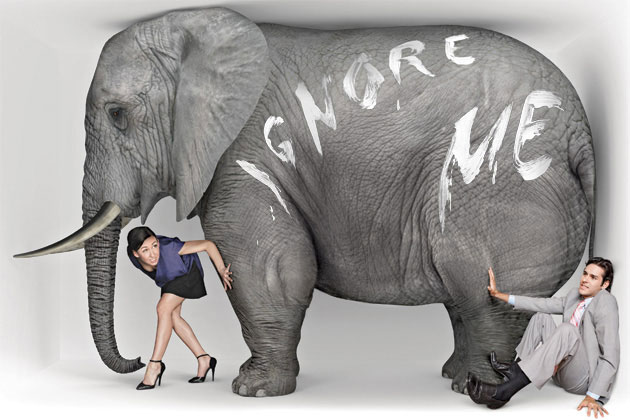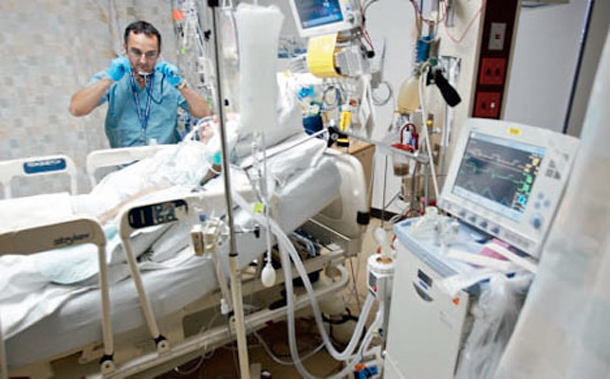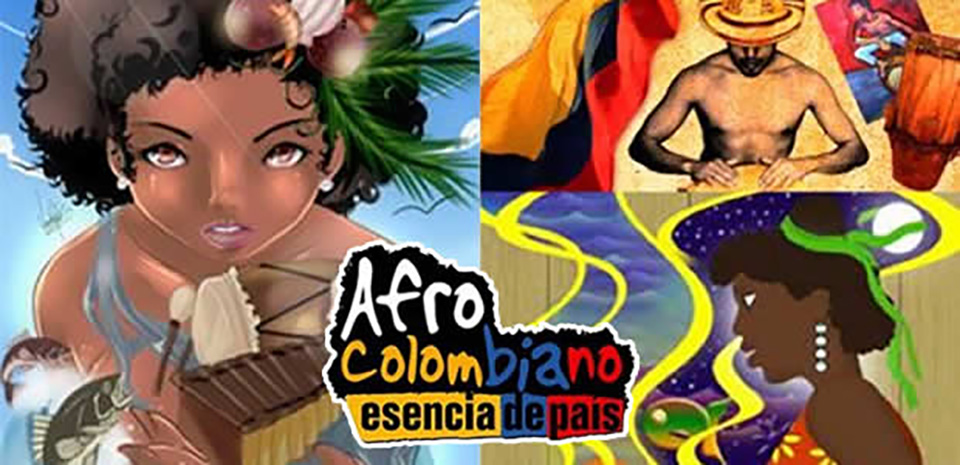
Havana style
Juliana Hernández Delatorre meets Spanish urban art collective Boa Mistura in Bogotá to find out more about the social and political implications of art and the power it has to make a change
September saw the visit of Spanish street art collective Boa Mistura, once again addressing the powerful link between politics and society, with an intervention in a 5,000 square metre space in Bogotá.
Boa Mistura “began by chance”, explains Javier Serrano, one of the founders of the art collective, when two lifelong friends were joined by artistic affinity to two new friends. Eventually they met the final member of the group, Rubén. Their first urban intervention in a foreign country was in Germany in 2009, during the 20th anniversary of the fall of the Berlin Wall, painting a mural of two lovers embracing: one with a tattoo of East Germany and the other with one of West Germany. This representation of the meeting of two people, two countries and two Europes separated by a wall started Boa Mistura on their global artistic journey.

Diamond in the rough, one of Boa Mistura’s many murals.
Their work here in the capital is located near the Centro Comercial Calima (Carrera 30 with Calle 19), in front of a project of 457 houses, which is home to some of Colombia’s displaced victims of the conflict.
The group spent a week working with the residents, both adults and children, giving the community a chance to break out of their daily routines and add colour to the grey project, that mainly houses residents from rural Colombia.
Around the world
After Germany, their next project was in South Africa where they discovered that art could spark inspiration and be a tool for change. Javier explains: “We went there thinking we were the kings of rock and roll, a film director went with us to record the month… There is a shot where we are getting off the plane just like a scene from a movie, all wearing leather jackets… We were in Cape Town [he laughs], and suddenly we were living in a community with terrible fucking problems of gangs, drugs and prostitution, an environment in which we had never been.”
Their encounter with the community, especially with one of its inhabitants, would be decisive for Boa Mistura – their art became participatory, democratic, a tool for generating new social dynamics through painting. One unnamed resident told Boa Mistura: “If you plant a tree you’re already making a change, if you leave a painting on the walls you are making a change, and small changes can lead to big changes, small actions can lead to great changes, and those children you are playing with today, who knows if one of them could be the Mandela who will lead this nation in the future? We do not know what could inspire them”.
Boa Mistura continued to travel the world, intervening in a favela in Brazil, leaving their mark in one of the most dangerous neighbourhoods in Panama (El Chorrillo), and plastering phrases from a poem about the roots of the Cuban people in 25 neighbourhoods across Havana.
Arts, politics and society
Their September intervention in Bogotá’s La Hoja square, in a housing project inhabited by victims of the armed conflict, clearly had deep political and social implications. Through dialogue with the community and reflections from their time here, Boa Mistura’s creative process led them to design a leaf because, they explain: “This is the square of the leaf and identity must be strengthened somehow so the neighbours feel proud to live in this place. The leaf is formed by more leaves of different ecosystems, because each of the inhabitants comes from a different place, almost all from a rural environment. Those leaves are attached to the word ‘life’ because that’s what the people have to do in this new place, live, no matter what difficulties they face, and what past they have.”

Working with youth groups through art . All photos: Boa Mistura
This latest intervention created dialogue between neighbours, saw teens and children interacting and allowed residents to appropriate the space in which they live, a sure indication that art can generate positive political and social processes.
Javier believes that art can play a central role in Colombia’s current situation, specifically in terms of a process of memory creation. He explains that it is necessary to learn from the past to build a future, not to simply stamp headlines on a wall, but to build new realities.
Boa Mistura returns to Colombia in October to undertake two further urban interventions. In the capital they will paint a mural at Avenida Jimenez, in front of Crepes and Waffles, while in Barranquilla they will be painting in the old Museum of Atlantico.
It appears likely that this street art collective will be working all year long, though Javier says his future is uncertain until they have the tickets in their hands, but that the agenda is apparently full: “Supposedly we will go to Mexico, supposedly we will go to Nicaragua, Costa Rica and Guatemala, and then to Kenya and the Dominican Republic”. Yet wherever they end up, it seems clear that Boa Mistura will hope to leave a lasting and positive mark on the community.
By Juliana Hernández Delatorre





